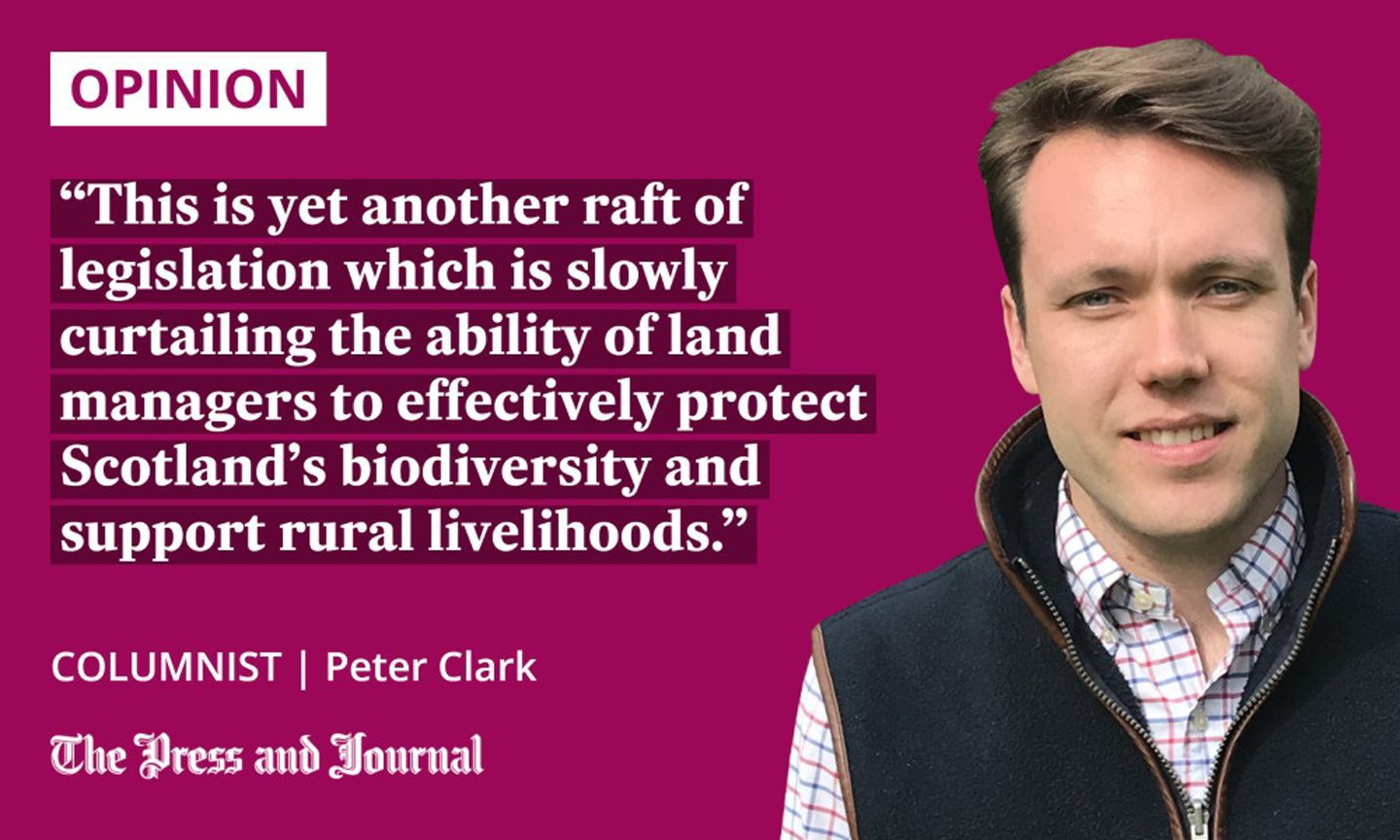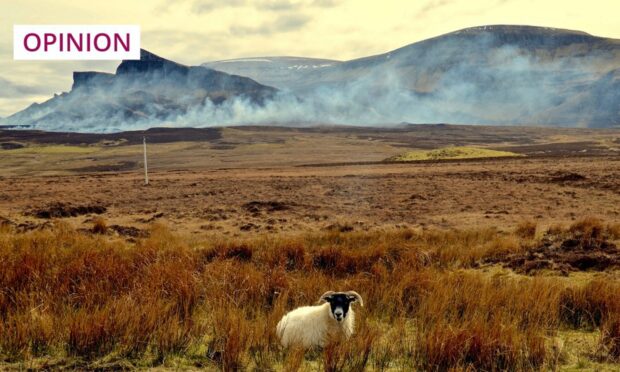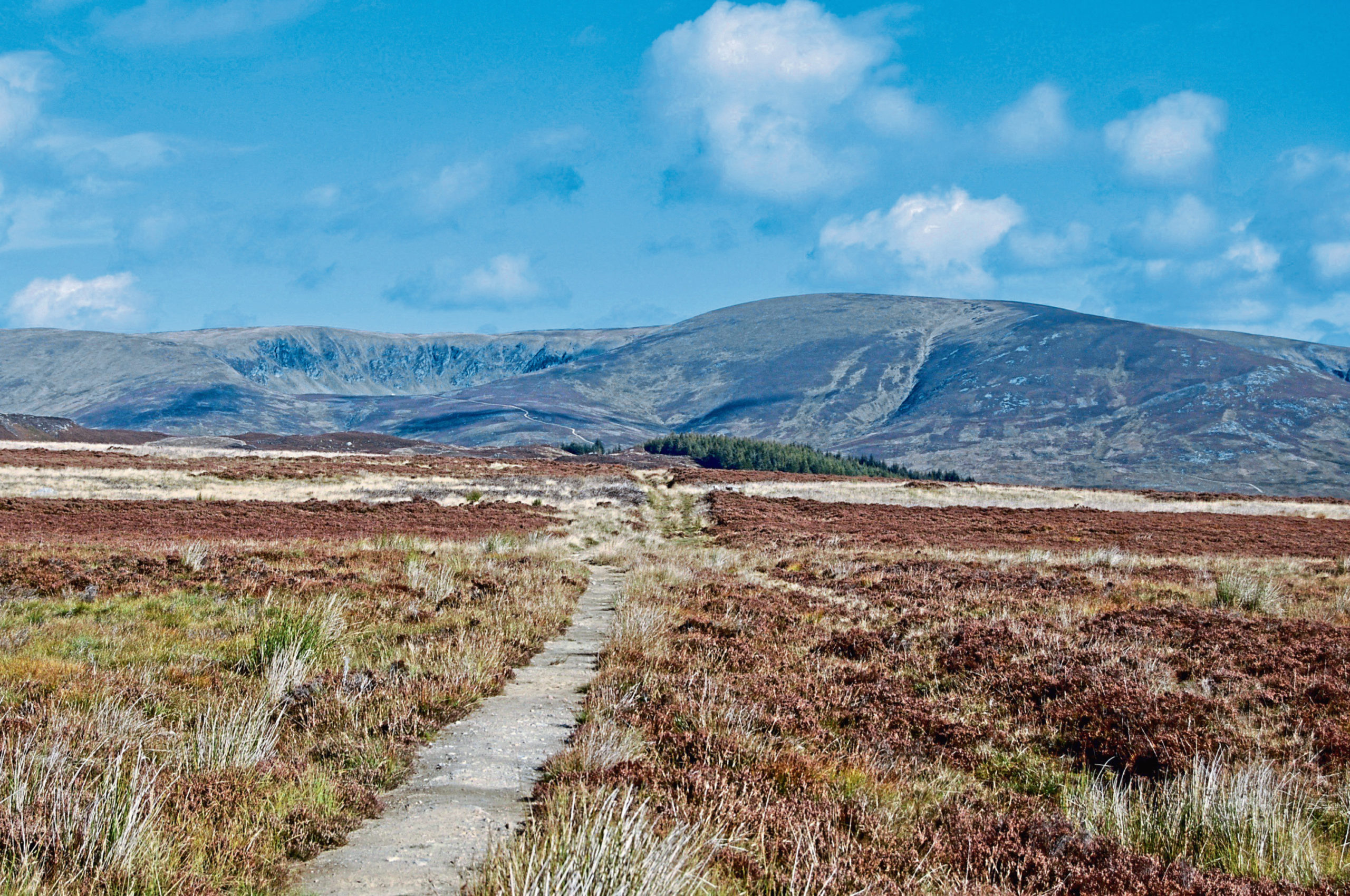The Scottish Government must take a scientific approach to grouse moor licensing, following its contentious consultation on the matter, writes Peter Clark.
Just as the Scottish grouse shooting season has drawn to a close, the window to respond to the contentious consultation on the Wildlife Management (Grouse) Bill is also shutting.
BASC has responded robustly to the Scottish Government’s recent consultation, which focuses on the introduction of grouse moor licensing. It is yet another raft of legislation which is slowly curtailing the ability of land managers to effectively protect Scotland’s biodiversity and support rural livelihoods.
The bill attempts to implement the recommendations of the Werritty review, but its scope is far-reaching, going beyond its initial raison d’être. Focusing on three key points, grouse moor licensing, muirburn licensing and further regulation of traps, it seeks views on policy proposals which are inconsistent with those proposed in the review.

Landownership underpins sporting rights, including the right to shoot grouse. Yet, within this consultation, we see proposals which potentially violate several articles of the European Convention on Human Rights.
If poorly implemented, there is a possible risk that the loss of a licence through evidence being considered at the lower civil burden of proof will result in shooting and effective moorland management ceasing, and rural workers becoming unemployed.
When it comes to muirburn – the practice of burning off old growth on a heather moor to encourage new growth for grazing – I am cognisant that licensing could unintentionally limit the ability of gamekeepers to tackle both the nature and climate crises effectively.
The Scottish Government needs to take a scientific approach
There is much to still learn about our uplands, and the Scottish Government needs to take a scientific approach to ensure that any proposals taken forward produce a net gain, and do not leave the uplands unprotected from wildfires.
Carbon sequestration is driven by peat formation, and this benefits from muirburn occurring every 10 years, especially with the development of sphagnum moss and other plant species which all drive peatland growth and restoration.
Biodiversity thrives in an upland mosaic landscape, such as Upper Donside and Deeside – a point recognised by Cabinet Secretary for Rural Affairs Mairi Gougeon MSP, when we organised an estate visit to the Angus Glens. Red grouse, lapwing, curlew, golden plover and other bird species flourish in this environment.
We have been unequivocal in our argument, that any new legislation, regulation or bureaucracy must not hamper Scotland’s existing world-class rural business sector, given its significant role in rural employment, tourism, conservation and moorland management. Simply put, we cannot see why licensing is required.
Peter Clark is public affairs manager for the British Association for Shooting and Conservation (BASC) in Scotland











